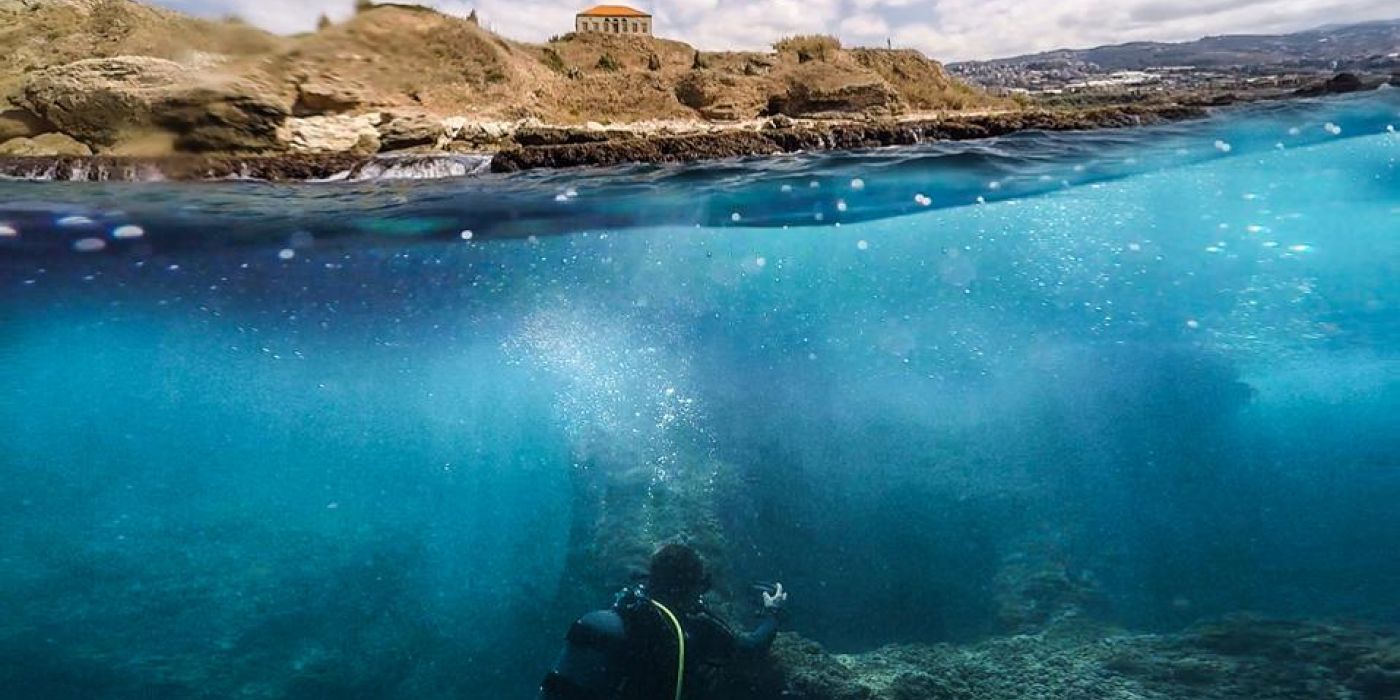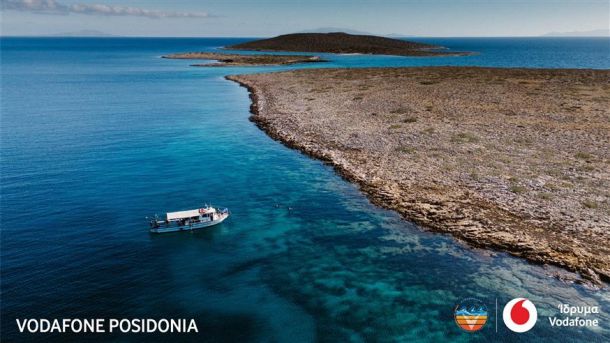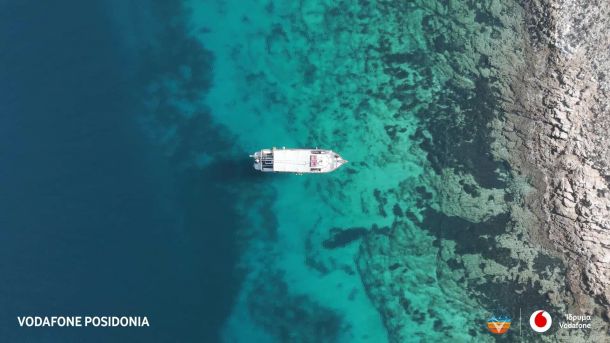Lebanon’s cedars (Cedrus libani) are seen as sacred, not only because they are mentioned 77 times in the Bible, but also because they have greatly contributed to the country’s economic growth. The cedar forests, with trees growing up to 40 meters in height and trunks of up to 2.5 m in diameter, are known to have provided timber for ancient Egypt, Israel and the Babylonians. It is said that the highly resilient wood was used for the construction of Solomon’s famed temple.
Archaeologists believe that timber exports were shipped from the ancient coastal town of Byblos. Byblos, believed to be one of the oldest continuously inhabited cities in the world, is a UNESCO World Heritage Site.
Speaking to Kathimerini, Lebanese archaeologist Dr Martine Francis-Allouche said that experts had until recently failed to discover signs of a Bronze Age port in the ancient town of Byblos.
“After 17 years of field investigation in Byblos, which began in the 1960s by Honor Frost, a pioneer in the field of marine archaeology in Lebanon, the basin of the ancient port was finally located at the southern foot of the hill that hosted the ancient city,” Francis-Allouche said.
Francis-Allouche and Nicolas Grimal, a French Egyptologist at the College de France, the two scientific supervisors of the “Byblos and the Sea” project, extended their survey to the sea in their effort to trace the ancient port. In doing so, they asked for help from a Greek university.
“From dawn to dusk we are in the sea. We plan the boat routes so as to form a dense canvas of courses to collect as much data as possible,” said George Papatheodorou, professor of environmental and geological oceanography at the University of Patra’s Department of Geology.
Papatheodorou recently returned from the latest mission in Lebanon. Over the winter, scientists will process the data they collected during the survey in order to draw up maps of the ancient port.
The university lab has 30 years of experience in the area of maritime geology and oceanography. It gained international recognition after its research in the sea area of Alexandria in Egypt and the Eastern Mediterranean. The Lebanon mission aims to document the coastal paleogeography of ancient Byblos during its heyday.
“We are very close to locating the ancient Byblos port. We are still not certain about its exact size and location,” said Papatheodorou.
Using the lab’s instruments, the small and flexible team headed by Papatheodorou and alternate professor Maria Geraga (with help from researchers Nikos Georgiou, Dimitris Christodoulou, Xenophon Dimas, Margarita Iatrou and Despina Zoura) will be able to record the seabed as if there was no water and delve beneath the surface to trace submerged formations now covered by sand due to geological or human intervention. By combining traditional archaeology with sciences, the maritime archaeologists will be able to see, as it were, the port of Byblos that reached its peak 6,000 years ago.
“It is a port that has been filled with debris. Part of it is under the land and another part lies under the sea. After its location has been established, archaeologists will launch test digs to unearth the port. We believe that it is buried a few meters beneath the sea floor,” said Papatheodorou.
The next mission of the project, which is subsidized by the Honor Frost Foundation, is scheduled for spring 2017. Then we may get the scientific evidence to determine the position of the ancient harbor from where the cedars of God began their journey to Egypt and elsewhere.
Photo: N. Georgiou, Oceanus-Lab, 2016



